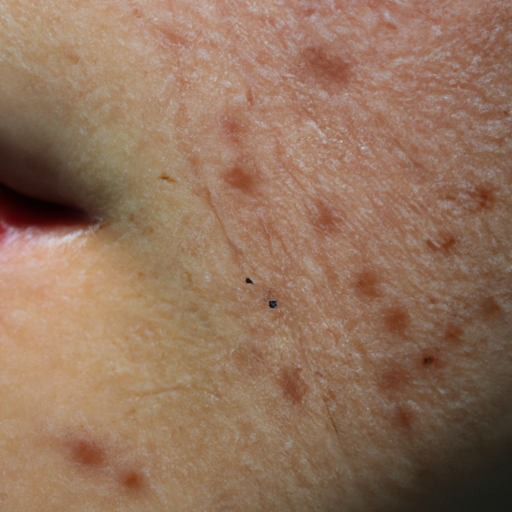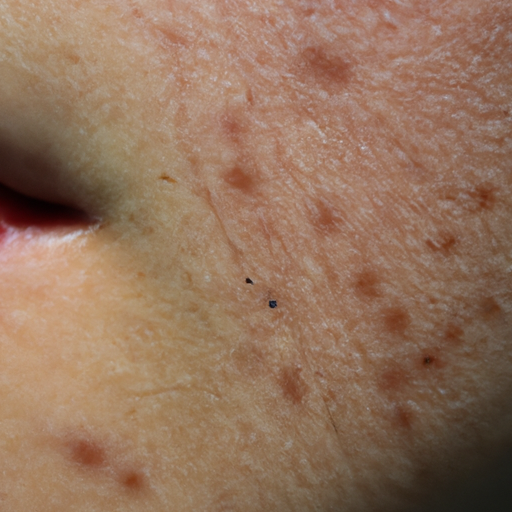Title: Unmasking Acne: A Comprehensive Exploration of Symptoms and Causes
Acne, a common skin condition affecting millions worldwide, is often misunderstood and misdiagnosed. This article aims to demystify acne by delving deep into its symptoms and causes, providing a comprehensive understanding of this prevalent skin issue.
Acne is characterized by the appearance of different types of skin blemishes. These include whiteheads (closed plugged pores), blackheads (open plugged pores), small red tender bumps (papules), pimples (pustules), large solid lumps beneath the skin (nodules), and painful lumps filled with pus beneath the skin (cystic lesions). The severity of acne varies from person to person, with some experiencing occasional breakouts, while others suffer from chronic, severe acne.
The primary locations for acne are the face, chest, shoulders, and back – areas with the highest concentration of oil (sebaceous) glands. Symptoms can range from mild to severe, depending on the type of acne and the individual’s skin type.
Now that we’ve identified the symptoms let’s delve into the causes of acne. The development of acne is primarily attributed to four main factors: excess oil production, clogged hair follicles by oil and dead skin cells, bacteria, and excess activity of a type of hormone (androgens).
Excess oil production and dead skin cells can lead to clogged pores, creating a suitable environment for Propionibacterium acnes (P. acnes), a bacteria that lives on our skin, to multiply. This bacterial overgrowth can cause inflammation and the formation of red, swollen bumps – known as pimples.
Hormonal changes also play a significant role in acne development. Androgens, hormones that increase during puberty, cause the sebaceous glands to enlarge and produce more sebum (oil). Hormonal changes due to pregnancy and the use of oral contraceptives can also affect sebum production.
Other factors contributing to acne include certain medications, diet, stress, and genetics. Medications containing corticosteroids, testosterone or lithium can worsen acne. Diets high in dairy products and carbohydrates may trigger acne. Stress doesn’t cause acne but can exacerbate it. Lastly, genetics can play a role; if both parents had acne, you’re likely to develop it too.
Understanding the symptoms and causes of acne is the first step towards effective treatment. It’s essential to consult a dermatologist for accurate diagnosis and treatment plan. Over-the-counter treatments may work for mild acne, but severe cases often require prescription medication.
In conclusion, acne is a complex skin condition with various symptoms and causes. It’s more than just an aesthetic concern; it can significantly impact an individual’s self-esteem and quality of life. By unmasking the realities of acne, we can better understand this condition and work towards effective solutions.
Remember, everyone’s skin is unique. What works for one person may not work for another. It’s crucial to understand your skin type and the specific causes of your acne to find the most effective treatment.
Keywords: Acne, Symptoms of Acne, Causes of Acne, Skin Condition, Sebaceous Glands, Excess Oil Production, Hormonal Changes, Pimples, Treatment for Acne.




